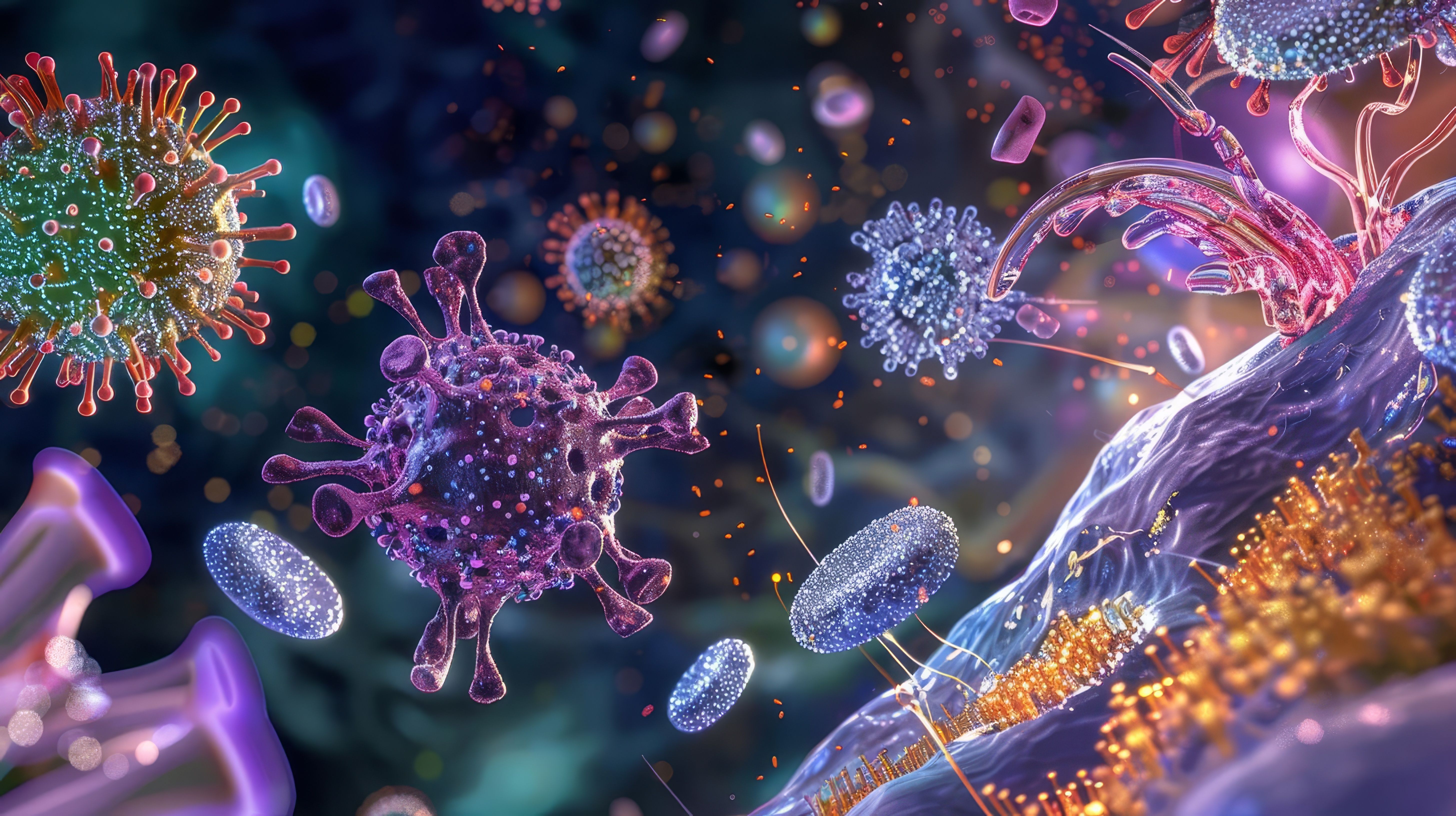- Center on Health Equity & Access
- Clinical
- Health Care Cost
- Health Care Delivery
- Insurance
- Policy
- Technology
- Value-Based Care
Cytokine Release Syndrome in CAR T-Cell Therapy: A Common Yet Controllable Complication in DLBCL
CAR T-cell therapy results in a high incidence of cytokine release syndrome, but it is manageable in most cases.
Cytokine Release Syndrome (CRS) has emerged as a significant complication associated with Chimeric Antigen Receptor (CAR) T-cell therapy, particularly in patients with diffuse large B-cell lymphoma (DLBCL). A systematic literature review published in Hematology, Transfusion and Cell Therapy aimed to synthesize available evidence on the incidence of CRS and management strategies in this patient population.1
The review, encompassing 19 studies, reveals a high incidence of CRS in patients with DLBCL treated with CAR T-cell therapy. The studies were published between 2017 and 2022 and included 1193 patients between the ages of 17 and 86 years (mean age 58 years) receiving CAR T-cell therapy. Dosage, treatments, population characteristics, and findings were widely variable among the studies. CRS was found to have occurred in 804 patients (67%), with 10% developing Grade 3 CRS and 3% developing Grade 4 CRS. The mean onset time of CRS symptoms ranged from 0.63 to 5 days (median 3 days).
Cytokine release concept | image credit: Bijac - stock.adobe.com

The authors acknowledge that "significant discrepancies may exist between various classification systems currently employed for toxicity related to CAR T-cell therapy. This disparity can have implications on the diagnosis and treatment of CRS." They also suggest that “certain T-cell subsets and the choice of conditioning therapy prior to CAR-T infusion may contribute to the severity of CRS.”
The outcome of the review found that the median complete response rate to CAR T-cell therapy was 54%. The highest complete response rate, 78%, was observed in the ZUMA-12 study by Neelapu et al.,2 while the lowest was 27%, reported by Kato et al.3 Progression-free survival (PFS) varied across studies, with a median of 7 months. However, some studies did not reach a conclusion on PFS due to short follow-up periods.
There appears to be a correlation between the development of CRS and the CAR T cell treatment used in therapy. The occurrence of CRS varied significantly depending on which CAR T cell product was used. For example, studies using lisocabtagenemaraleucel reported an average CRS occurrence of 45%. Treatment with tisagenlecleucel reported an average of 63%, while those using axicabtageneciloleucelreported a much higher average of 90%. A study by the Spanish Lymphoma and Bone Marrow Transplant Group supports this observation. Their study demonstrated that axicabtageneciloleucel may be superior in efficacy to tisagenlecleucel; however, it was more toxic.4
On the other hand, "there seems to be no correlation between the average age of patients and the development of CRS," the researchers noted.1 However, the PILOT study by Sehgal et al., which included only patients over 70 years of age, reported the lowest frequency of CRS among all included studies. This result contrasts with findings from other research studies,5 suggesting that age may not be a straightforward predictor of CRS risk.
The most often used treatment to manage CRS was tocilizumab and/or glucocorticoids, used in 14 of the 19 studies. The use of tocilizumab has resulted in rapid recovery of CRS in patients with aggressive non-Hodgkin lymphoma. Some authors even advocate for the early use of tocilizumab to prevent progression to more severe forms of CRS.
Researchers note that although CAR T-cell therapy has shown considerable promise, particularly for patients with relapsed or refractory B-cell hematologic neoplasms, side effects such as CRS may limit its use. "The results obtained in this review demonstrate high rates of CRS in patients with DLBCL treated with CAR T-cell therapy, however, these events are manageable, supporting the conclusion that this therapy is safe in these patients," they wrote.
References:
- Rodrigues dos Santos A, Zanini D, Andolfatto D. Cytokine release syndrome after chimeric antigen receptor T-cell therapy in patients with diffuse large B-cell lymphoma: a systematic review. Hematol Transfus Cell Ther. 2024. doi:10.1016/j.htct.2024.05.005
- Neelapu, S.S., Dickinson, M., Munoz, J. et al. Axicabtageneciloleucel as first-line therapy in high-risk large B-cell lymphoma: the phase 2 ZUMA-12 trial. Nat Med. 2022:735–742. doi:10.1038/s41591-022-01731-4
- Kato K, Makita S, Goto H, et al. Phase 2 study of axicabtageneciloleucel in Japanese patients with relapsed or refractory large B-cell lymphoma. Int J Clin Oncol. 2021;27(1):213-223. doi:10.1007/s10147-021-02057-y
- Bastos OM, Gutierrez A, Reguera JL, et al. Best treatment option for patients with refractory aggressive B-cell lymphoma in the CAR-T cell era: real-world evidence from GELTAMO/GETH Spanish groups. Front Immunol. 2022;13:855730. doi:10.3389/fimmu.2022.855730
- Locke FL, Siddiqi T, Jacobson CA, et al. Real-world outcomes of axicabtageneciloleucel (Axi-Cel) for the treatment of large B-cell lymphoma (LBCL) by race and ethnicity. J Clin Oncol. 2022;40(16):7571. doi:10.1200/JCO.2022.40.16_suppl.7571
